Stephanie Rearick on Building Social Wealth through Mutual Aid
As market economies become more expensive and predatory, Stephanie Rearick is showing that it’s entirely possible to meet people’s needs effectively through care and cooperation, through a kind of alternative social economy.
For more than twenty years, Rearick has championed mutual aid and cooperative economics through such projects as the Madison Mutual Aid Network Cooperative and the Dane County TimeBank, both of which she founded. Rearick also works internationally through Humans United in Mutual Aid Networks, a global network of networks dedicated to building mutual aid economy.
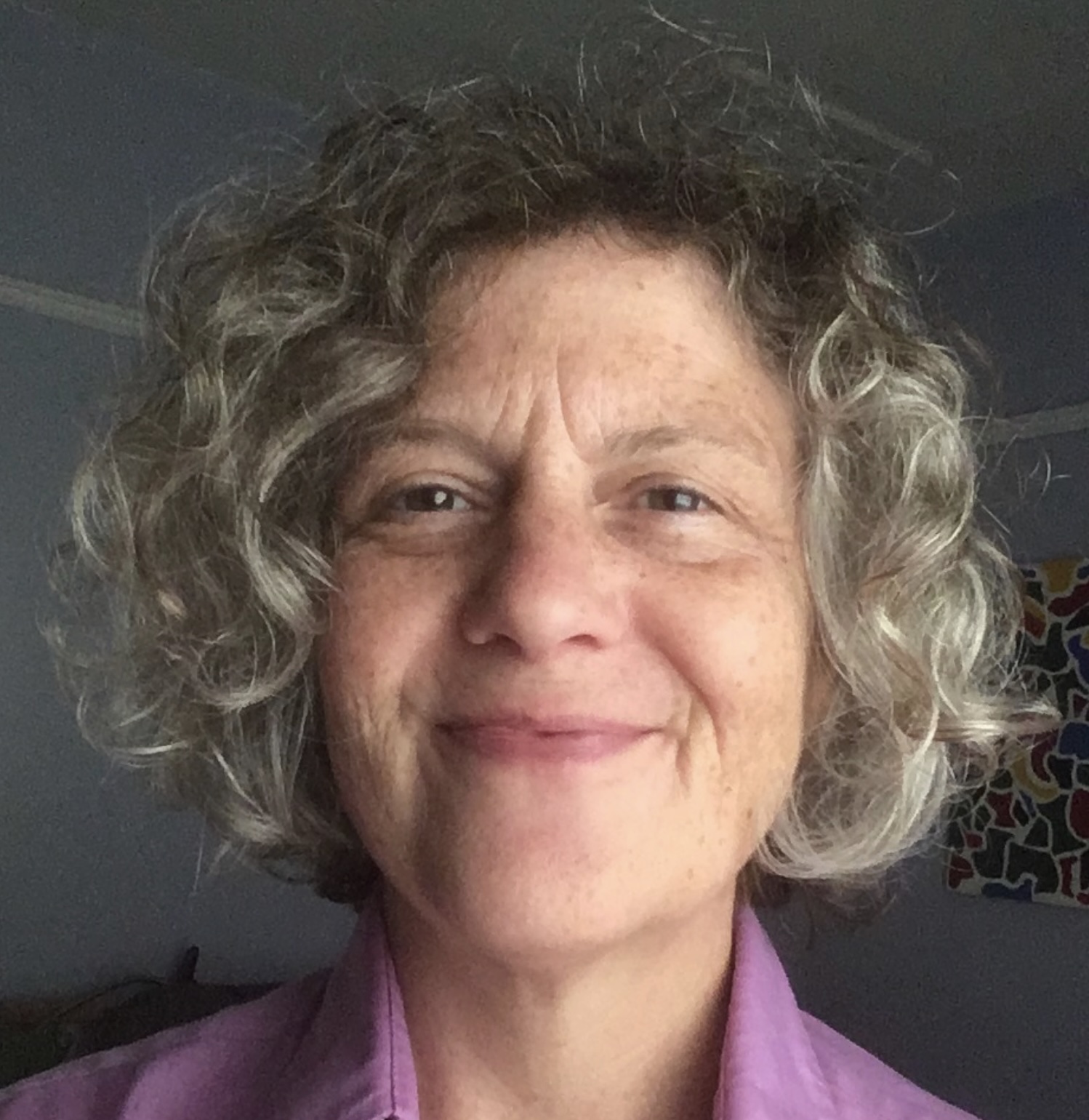
Rearick is keenly aware of the pressures that the formal economy exerts on people. Government budget cutbacks, corporate price gouging, engineered dependencies, trade tariffs, and inflation all contribute to our precarity.
This state of affairs has quickened interest in mutual aid as a practical strategy. Rearick reports that a recent online webinar on mutual aid hosted by the resistance group Indivisible attracted some 5,000 attendees.
It’s almost as if thinking big about different social logics has become fashionable – or alternatively, as a serious survival strategy. “I often say that the best part of my job is helping people see we can afford to dream better,” Rearick told Shareable.net.
To learn more, I recently interviewed Stephanie Rearick on my Frontiers of Commoning podcast (Episode #69). It was a brisk immersion in the fiercely resourceful, committed world of mutual aid and cooperative economics that works at local, regional, and international levels.
Mutual aid prioritizes social cooperation and then dreams about how to develop better organized systems to encourage it. To illustrate its priorities, Rearick’s website features a “pyramid of abundance” -- an inverted pyramid that lists several tiers of activities for meeting needs.
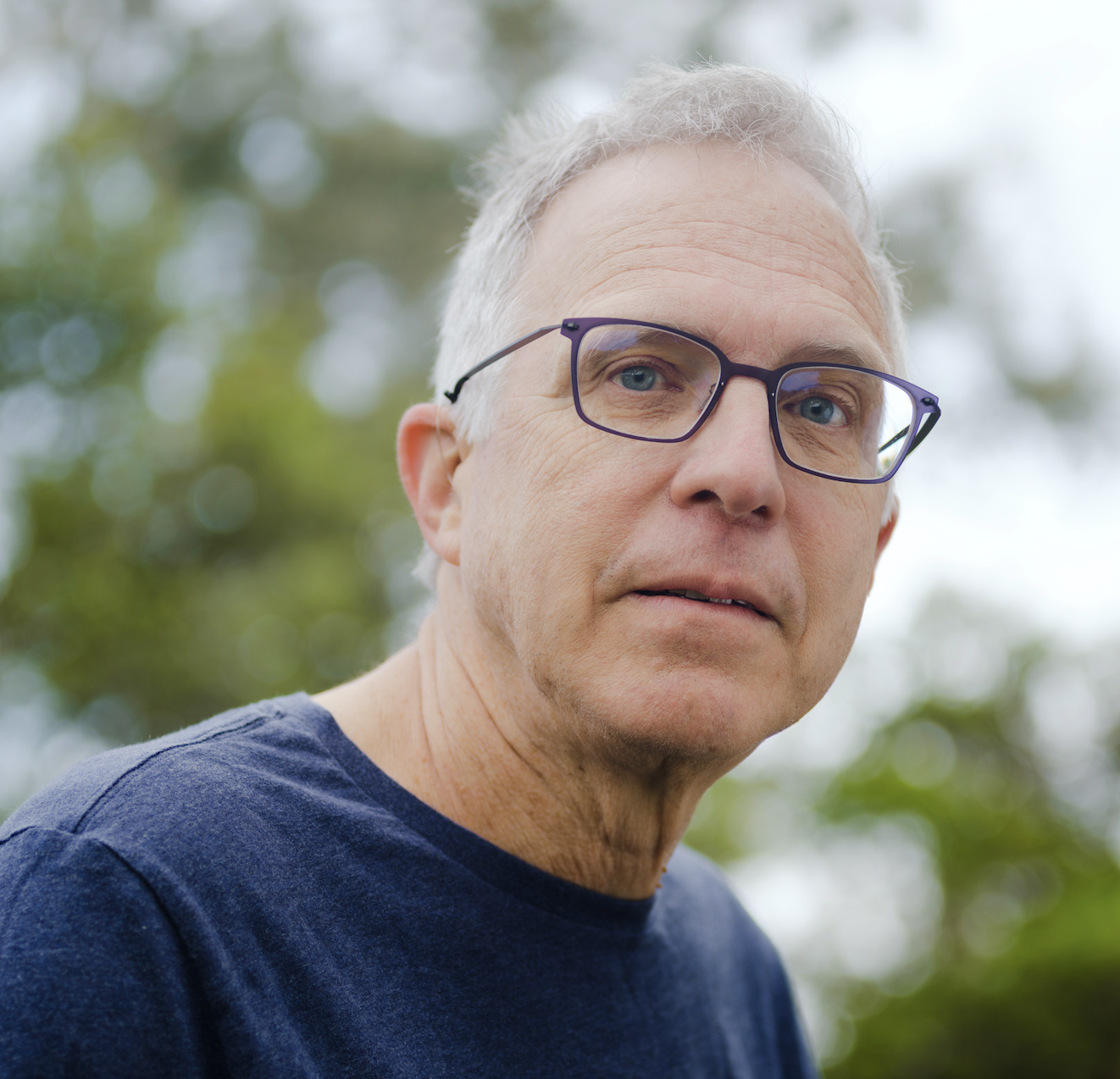
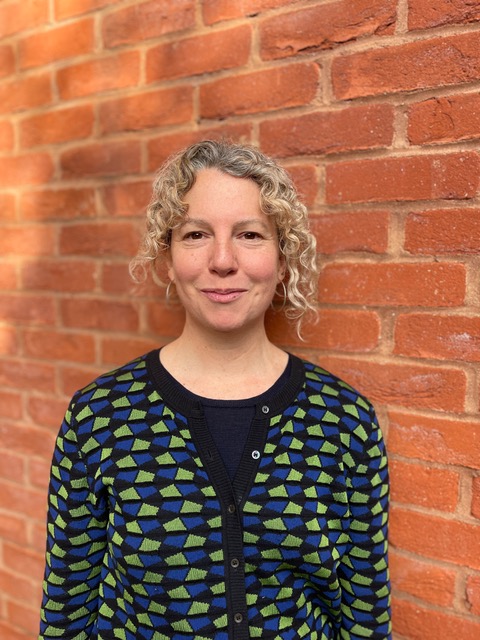
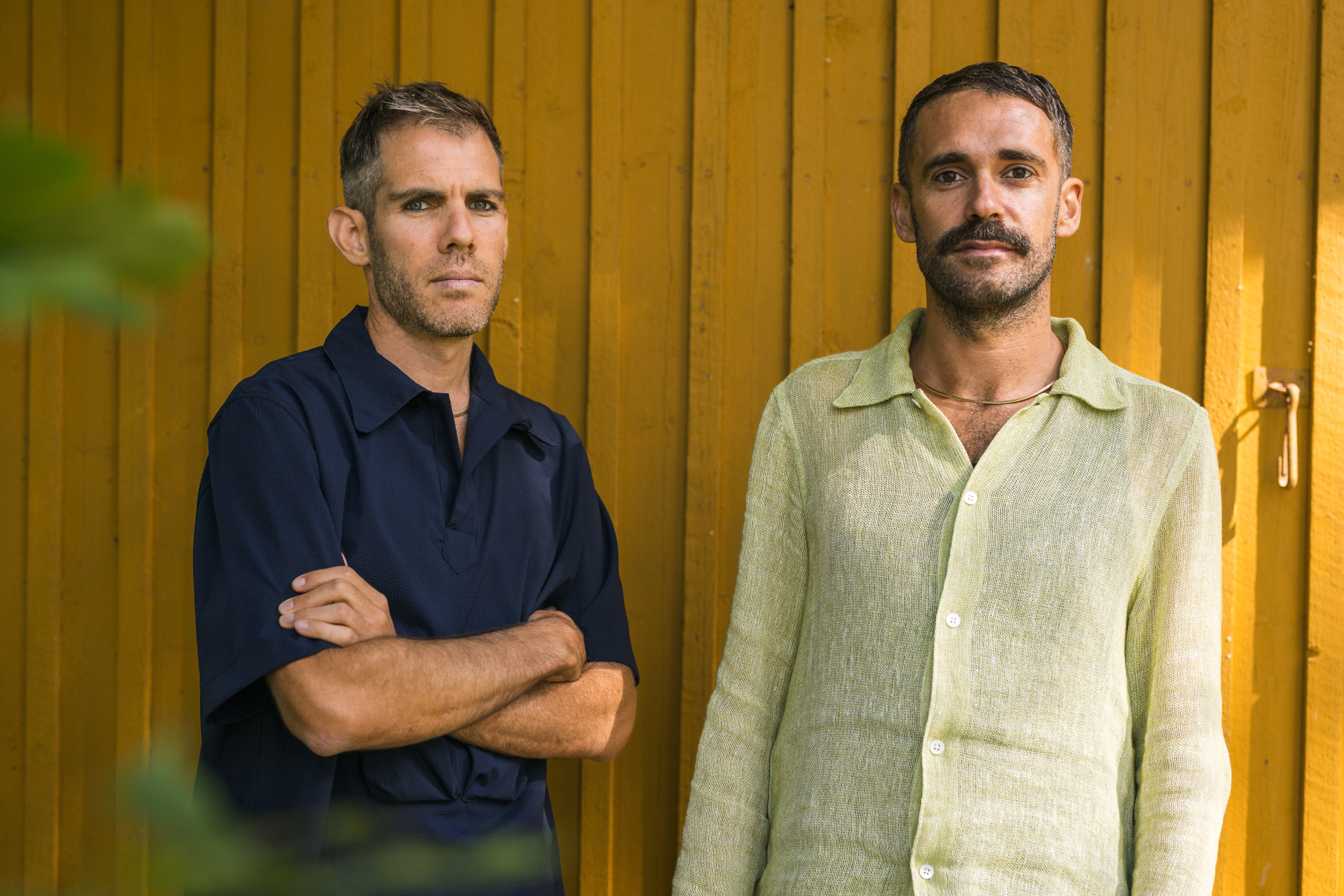
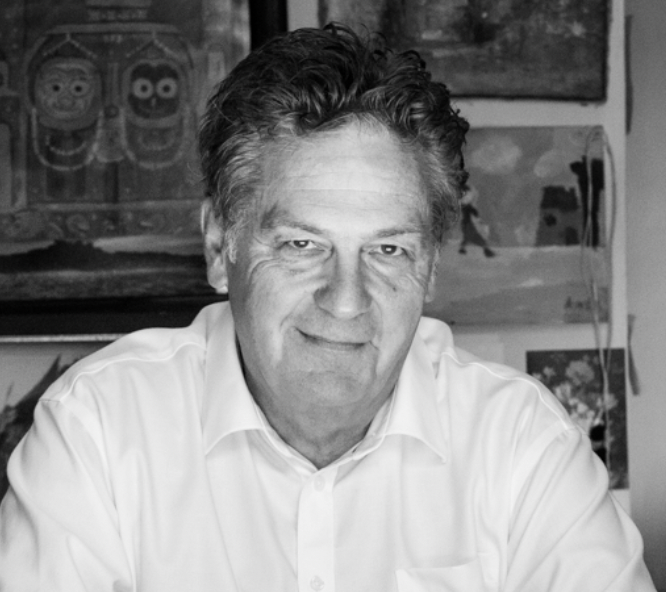
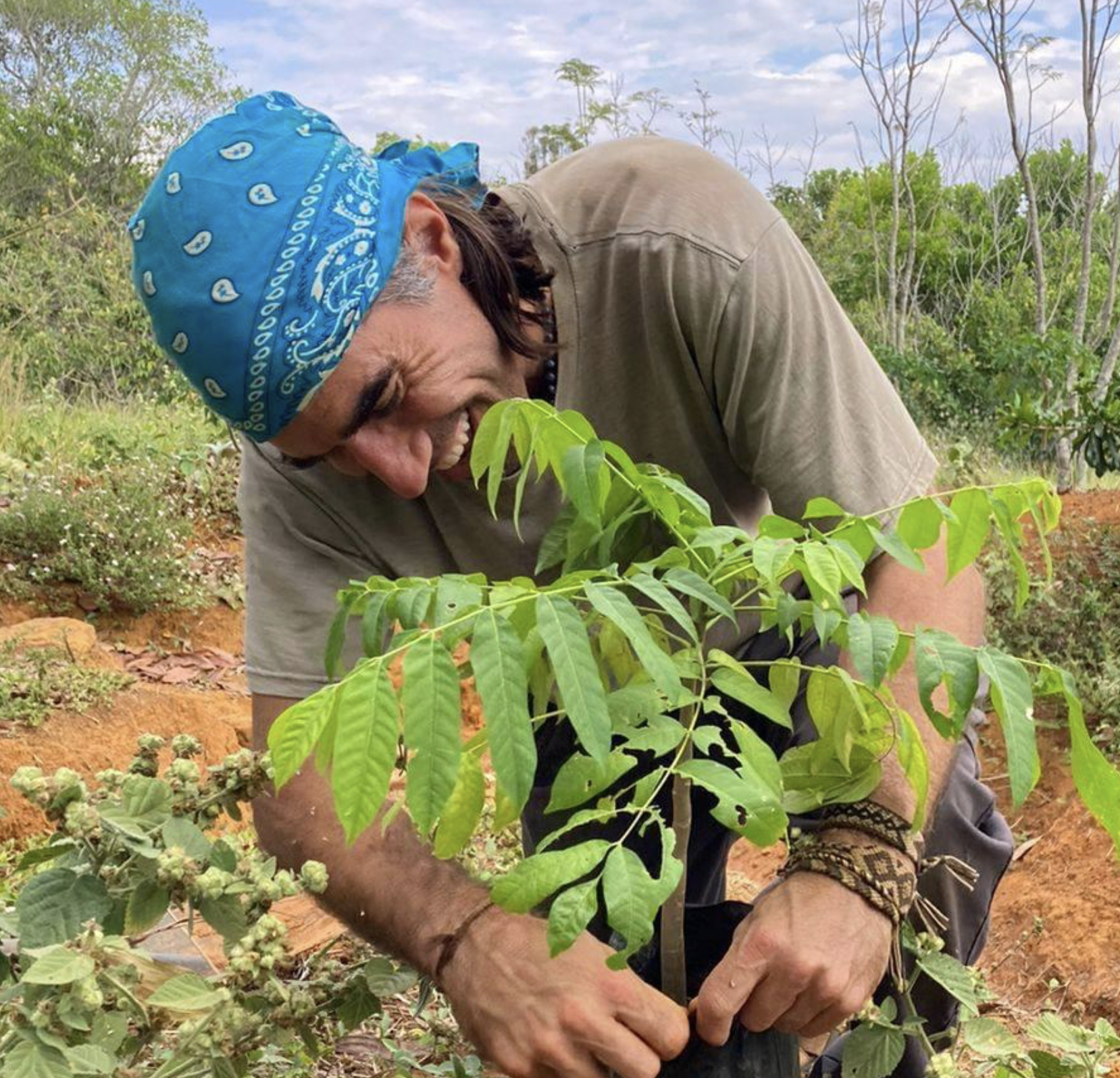
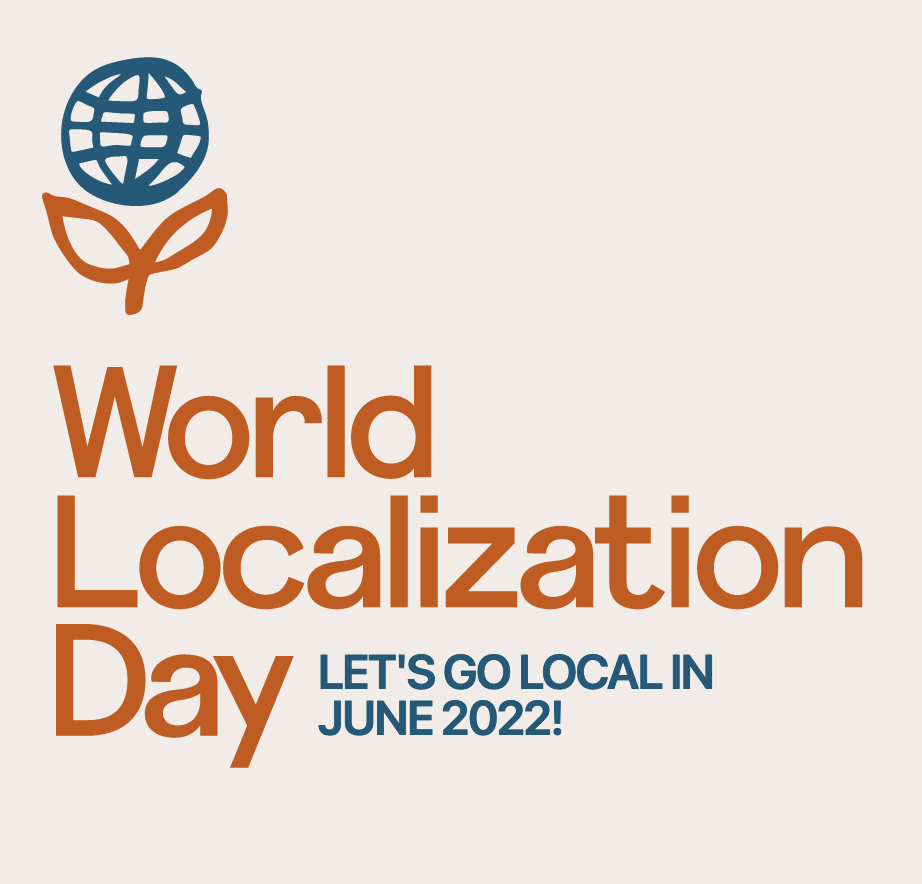
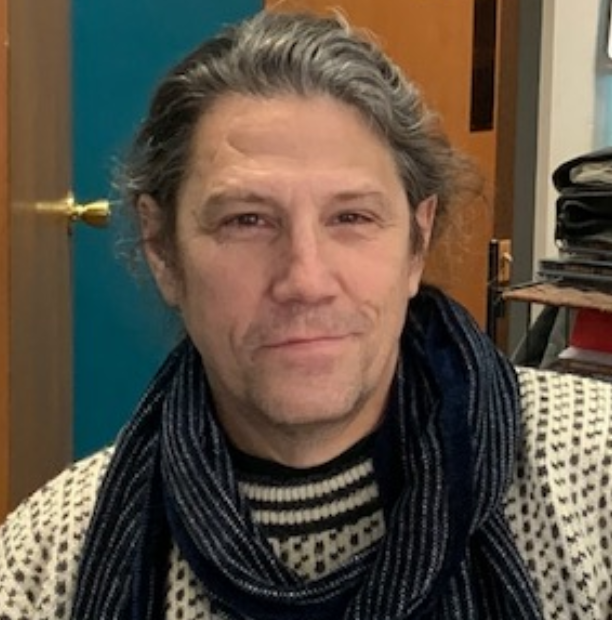
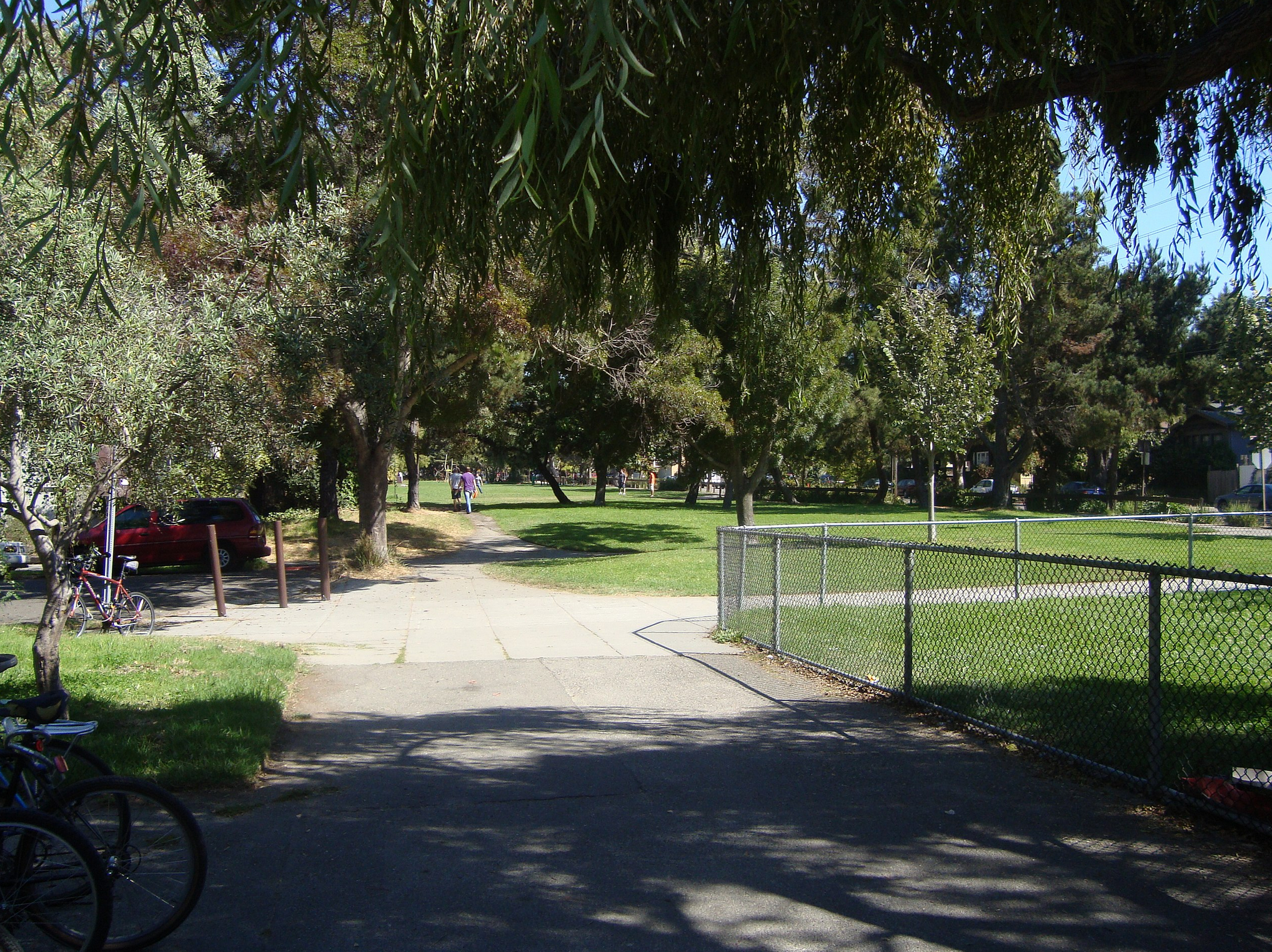
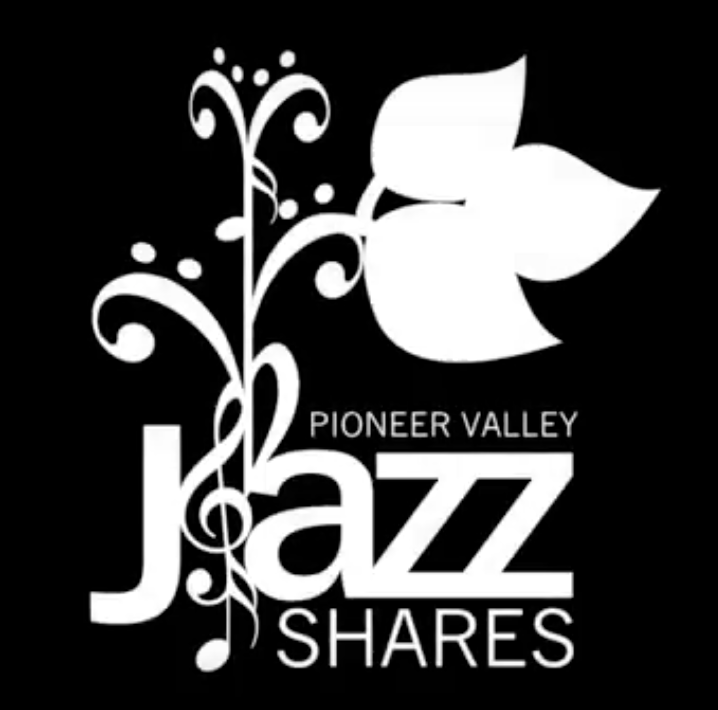
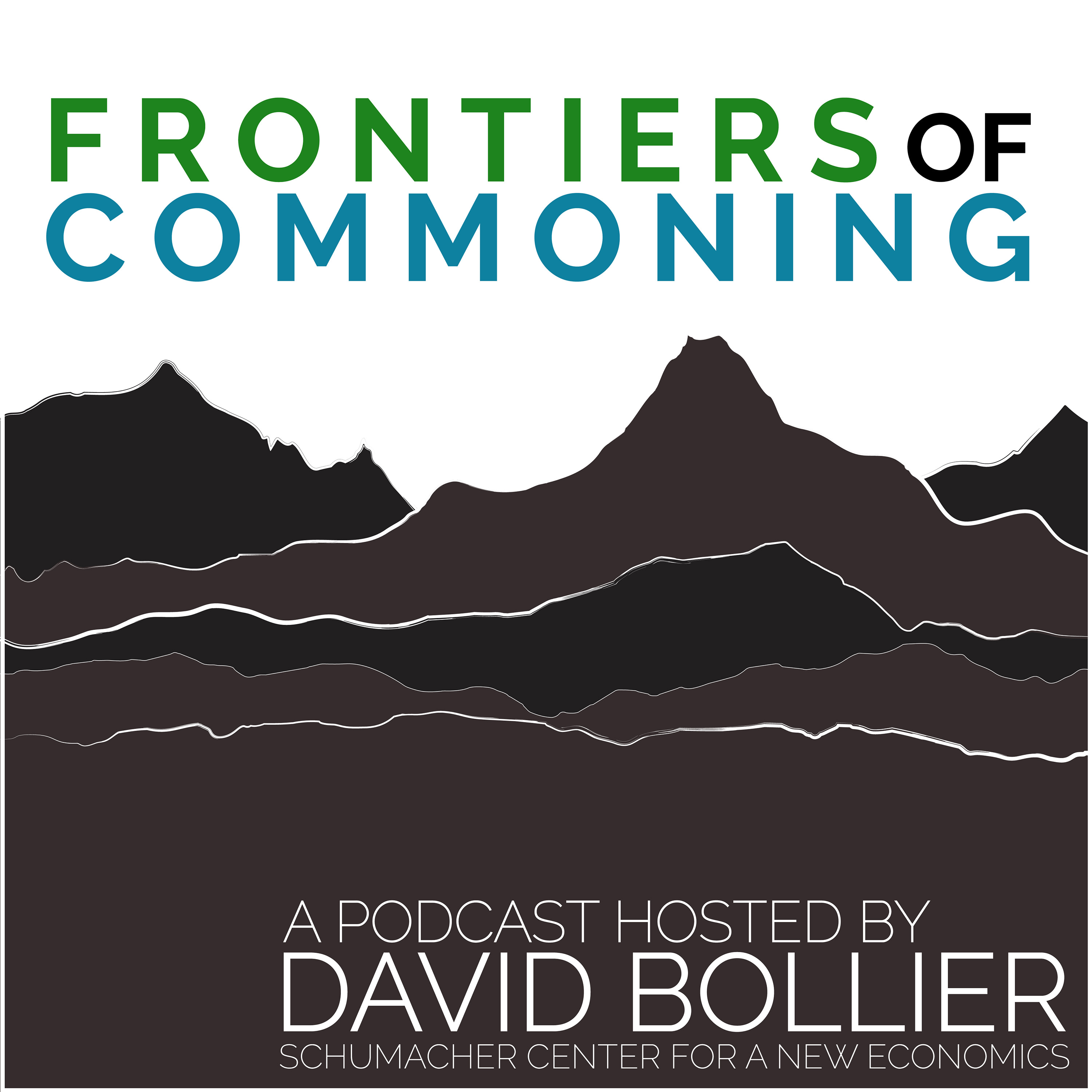
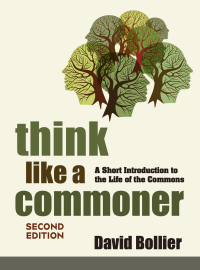
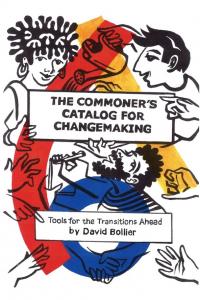
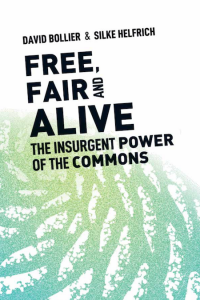
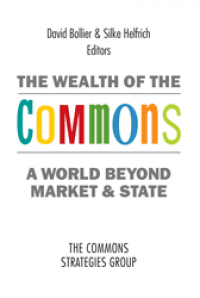
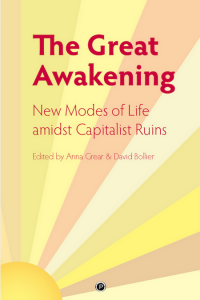

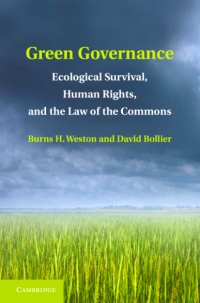
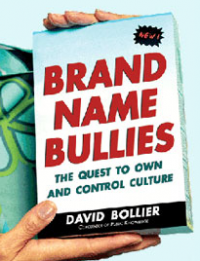
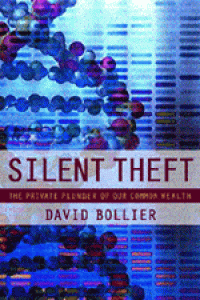
Recent comments